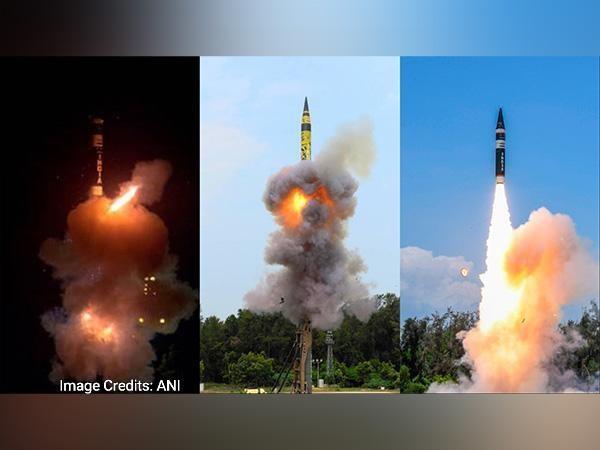
India Continues to Have More Nuclear Warheads than Pakistan: SIPRI
The Stockholm International Peace Research Institute (SIPRI) has released a report that sheds light on the nuclear arsenal of India and Pakistan. According to the report, India has an estimated 180 nuclear warheads as of January 2025, while Pakistan’s stockpile remains steady at around 170. This news is significant as it highlights the ongoing nuclear arms race between the two South Asian nations.
The SIPRI report is based on data gathered from various sources, including government reports, military publications, and satellite imagery. The institute is renowned for its impartial and in-depth analysis of global military capabilities and arms control agreements.
India’s nuclear arsenal has been growing steadily over the years, with the country’s nuclear deterrent capabilities receiving significant upgrades. One of the key developments is the introduction of “canisterised” missiles, which can carry nuclear warheads during peacetime and potentially multiple warheads on each missile.
The canisterisation of India’s missiles is a significant development, as it enables the country to deploy its nuclear weapons more efficiently and quickly. This technology allows India to launch its missiles from silos, which are protected from the elements, making it easier to maintain and operate the arsenal.
Moreover, the canisterised missiles can be used in a variety of scenarios, including during peacetime. This means that India can potentially deploy its nuclear weapons during times of crisis or conflict, giving it a significant advantage over its adversaries.
Pakistan, on the other hand, has been struggling to match India’s nuclear capabilities. Despite efforts to improve its nuclear arsenal, Pakistan’s stockpile has remained relatively stable, with an estimated 170 nuclear warheads as of January 2025.
The disparity in nuclear capabilities between India and Pakistan has significant implications for regional security. The ongoing nuclear arms race between the two countries has created an environment of tension and uncertainty, making it difficult to predict the future of the region.
The SIPRI report highlights the need for dialogue and cooperation between India and Pakistan to reduce the risk of a nuclear conflict. The two countries have been engaged in a series of diplomatic efforts to ease tensions and reduce the risk of conflict.
In recent years, India and Pakistan have engaged in several rounds of talks, with the aim of reducing tensions and improving relations. The talks have focused on issues such as trade, terrorism, and regional security.
However, despite these efforts, the nuclear arms race between India and Pakistan continues. The SIPRI report highlights the need for sustained diplomatic efforts to address the root causes of the nuclear arms race and reduce the risk of a nuclear conflict.
The report also emphasizes the importance of international cooperation in addressing the global nuclear threat. The SIPRI report highlights the need for countries to work together to prevent the proliferation of nuclear weapons and to reduce the risk of a nuclear conflict.
In conclusion, the SIPRI report highlights the ongoing nuclear arms race between India and Pakistan. India’s growing nuclear arsenal, including the introduction of canisterised missiles, has created a significant imbalance in regional security. The report emphasizes the need for dialogue and cooperation between India and Pakistan to reduce the risk of a nuclear conflict and highlights the importance of international cooperation in addressing the global nuclear threat.






